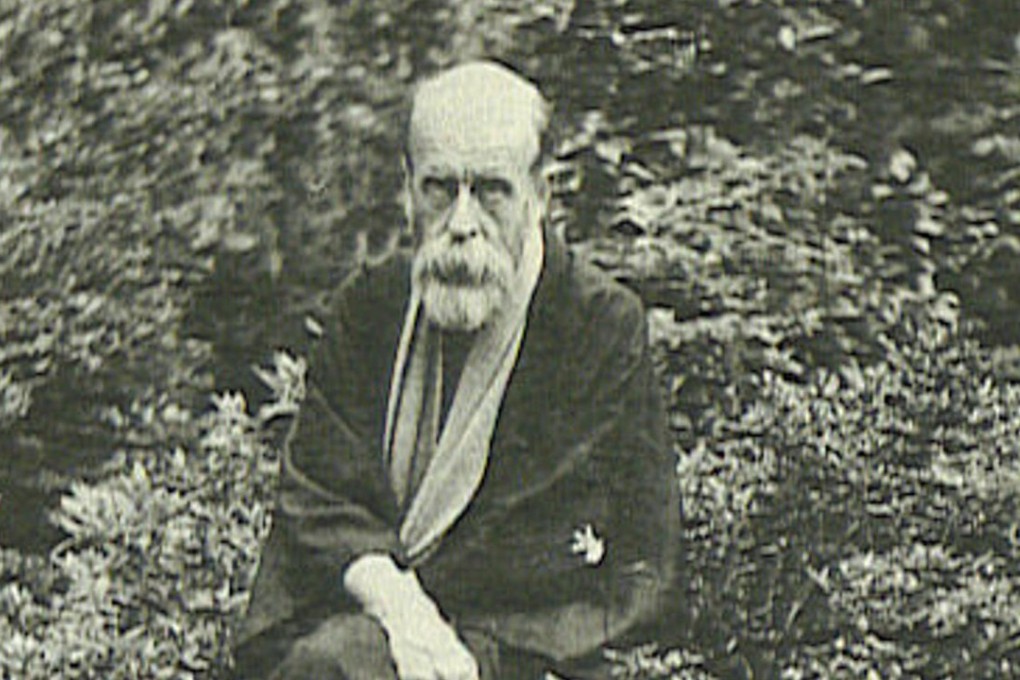Then & Now | How a legendary Hong Kong eccentric fell under spell of Japan, like many of colony’s British residents
Richard Arthur Brabazon Ponsonby-Fane, a larger-than-life Englishman and ‘confirmed bachelor’, was far from alone in his affinity for all things Japanese – but few went so far as to move to the country, as he did with a young ‘secretary’

Tall, aristocratic and eccentric, Richard Arthur Brabazon Ponsonby-Fane was one of Hong Kong’s more unusual residents during the interwar years. I first heard of the Briton more than two decades ago, from Colonel H.A. de Barros Botelho. Known to his many friends as “Bots”, de Barros Botelho was kind enough to reminisce with me about the Hong Kong of his youth. Born in 1906, his memory was elephantine, and his recollection for small but telling details was extraordinary.
Among Bots’ most vivid childhood memories (from when his family lived on Caine Road) was the unconventional sight of Ponsonby-Fane striding energetically from the University of Hong Kong to Government House and back again for his morning constitutional.
Bots described him as a somewhat stooped figure, with a long beard and an almost completely bald pate, and who trailed a long, dangling scarf around his neck whatever the weather. The scarf was Ponsonby-Fane’s most prized possession, having been made by a Japanese empress and presented to him personally.
Ponsonby-Fane’s official career began in Cape Town, South Africa, in 1896, and over the two decades that followed, he served as private secretary to the governors of Natal, Trinidad, Hong Kong, Fiji and Ceylon. For part of his service, he was a protégé (in both Hong Kong and Natal) of Sir Matthew Nathan, a fellow “confirmed bachelor”. From 1915 to 1919, he served again in Hong Kong, and from 1916 to 1926, he taught part time at the then recently established University of Hong Kong.
Something of an oddball, Ponsonby-Fane loathed the trappings of modernity – a dislike that extended to trains, motor vehicles and the electric light (whenever possible, he spent the hours after sunset illuminated only by candles)
Ponsonby-Fane first came under the spell of Japan during his time in Hong Kong, where he started to learn Japanese. Devotion to Japanese culture was not unusual among the British of that time. Both were island peoples who felt themselves to be – and in many key aspects, were – markedly different from their continental neighbours.
